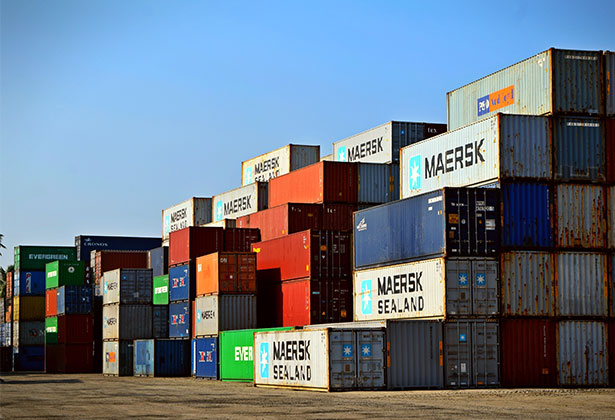Choosing the Right Shipping Container

Choosing the Right Shipping Container for Your Needs
Following on our previous article on how the advent of the intermodal shipping container changed the freighting landscape forever, we’ll now take a look at the most popular types of containers and their uses.
Different Types of Shipping Containers & Their Uses
The Intermodal Container
As discussed in our previous article, the intermodal container take its name from the fact that it can be moved across various modes of transport (e.g. trucks, trains, ships) without unloading or moving the cargo it contains. This saves time and money, because the containers can be moved, handled and stored easily and efficiently due to its standardised proportions.
The most commonly used sizes are 20-foot and 40-foot lengths, as determined by the International Organisation of Standardisation (ISO). There are plenty of other variants, including refrigerated and special equipment units, liquid tank containers, and units with differing opening mechanisms, e.g. open top or open side. While the length of these containers are standardised, there are different variants available in terms of height, and to accommodate various types of cargo, et.g. odd-sized, meat, fresh goods, etc.
General Purpose Containers
These containers are suitable for dry goods, and normally adhere to the following volume capacities (in cubic feet):
- 20 Standard: 1170
- 40 Standard: 2390
- 40 High: 2700
- 45 High 3055
Corrugated Containers
Also known as Gaylord boxes, corrugated boxes are sturdy, heavy and suitable for shipping goods in one large container or on one pallet. It’s cost-effective and fully recyclable, since these units are not meant to be reused repeatedly. Additionally, it is easy to ship, store and assemble, since it all fits on one pallet prior to full assembly. The most common variants include:
- D Containers: Heavy-duty bulk cargo boxes with double wall fiberboard, 58”x 42”x 45” internal dimensions and 1,200 lbs weight capacity.
- E Containers: Heavy-duty bulk cargo boxes with bursting-strength double wall fiberboard and 41.25” x 28.25” x 24.25” internal dimensions.
These are a few of the foremost shipping containers types available in the marketplace today. As you can tell, there are many different solutions available to ship, store and display goods of all shapes and sizes. If you are trying to ascertain which type of intermodal container would be best for your needs, your best option is to get in touch with the experts. As one of South Africa’s foremost ship suppliers, the Link Ship Chandlers team will be able to point you in the right direction. Get in touch to find out more.












Leave a Reply